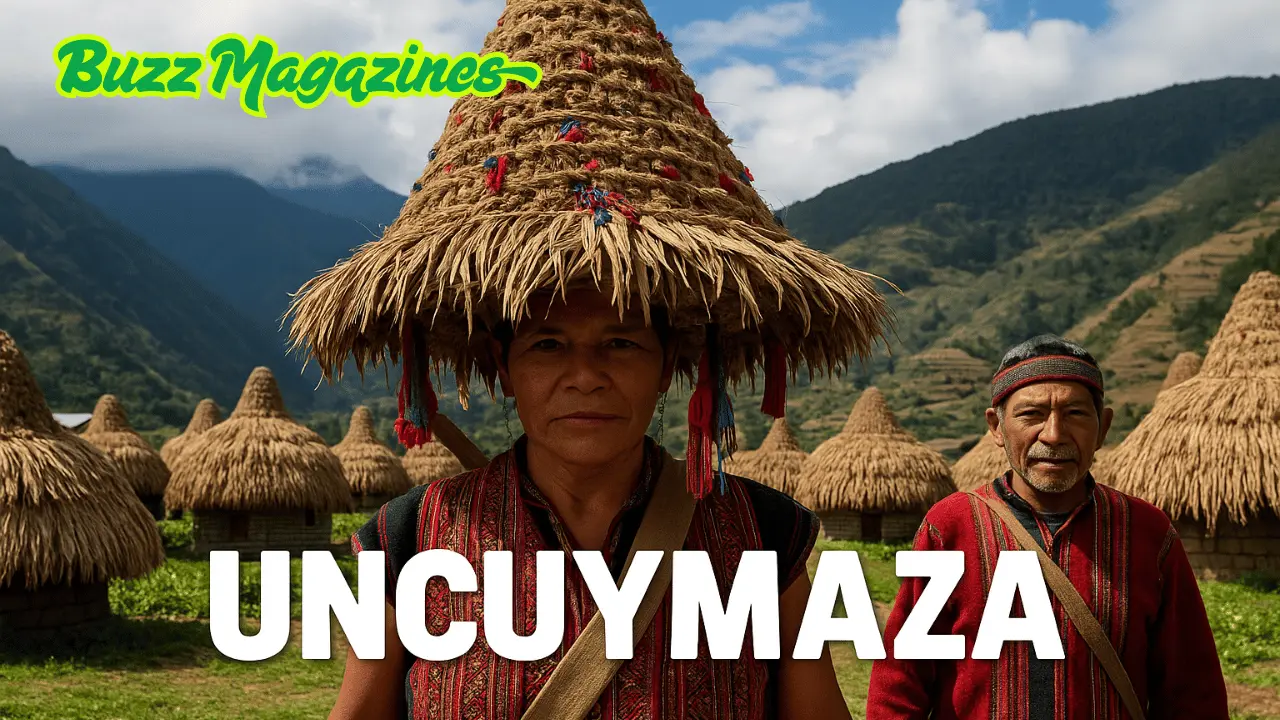Uncuymaza: The Sacred Tradition of Weaving, Ritual, and Community in the Andes
The Andean highlands are home to rich cultural traditions that blend art, spirituality, and deep respect for the land. Among these traditions is uncuymaza, a powerful expression of identity that combines ancient weaving techniques, ceremonial rituals, and a way of life rooted in balance with nature. This article explores the meaning and legacy of uncuymaza, revealing why it remains such an important tradition today.
The Roots of Uncuymaza: A Tradition Passed Down Through Generations
Weaving as a Cultural Inheritance
Uncuymaza originates from the indigenous communities of the Andes, where weaving is far more than a practical skill—it is a sacred form of storytelling. For centuries, artisans have used alpaca or llama wool, dyed with natural colors from plants and minerals, to create fabrics that carry history and meaning.
Each textile woven through the practice of uncuymaza is unique. Using traditional backstrap or pedal looms, the weavers carefully craft designs that depict daily life, natural landscapes, and spiritual beliefs. These designs are passed down through generations and represent a living memory of the Andean people.
The Symbolic Language of Uncuymaza Textiles
Spiritual Meaning Behind the Motifs
Uncuymaza is known for the symbolic imagery found in its patterns. Animals such as the condor, puma, and serpent are frequently woven into these textiles. Each one holds deep meaning: the condor symbolizes the heavens, the puma represents the earth, and the serpent stands for the underworld.
These symbols are rooted in ancient Andean cosmology and are used not only to tell stories but to offer spiritual protection. Weaving in the tradition of uncuymaza is often believed to invoke the spirits of ancestors and connect the maker to the natural and divine worlds.
Ritual Practices That Sustain the Land and the Spirit
Honoring Pachamama Through Ceremony
Uncuymaza is not only about weaving. It is also deeply tied to agricultural and spiritual rituals. In many communities, ceremonies are performed before planting or harvesting crops. These rituals are acts of gratitude to Pachamama, the Andean Earth Mother, who is believed to provide life and nourishment.
During these ceremonies, people gather to make offerings—such as coca leaves, food, and sacred drinks—and to pray, sing, and dance. These events are essential to Andean life and show the respect people have for the land and for the cycles of nature.
Ayni: The Principle of Giving Back
Central to these rituals is the concept of ayni, which means mutual exchange. It teaches that one must give back to the earth and to others in order to receive. Through uncuymaza, both the ritual acts and the woven goods reflect this principle of reciprocity, which keeps the community and the land in harmony.
The Social Role of Uncuymaza in Andean Life
Weaving Together Community and Identity
Uncuymaza plays a major role in the social life of Andean communities. It brings people together—not only through festivals and markets but also in the act of weaving itself. Groups of women, in particular, often gather to work on textiles while sharing stories, passing on wisdom, and supporting one another.
The textiles made through uncuymaza are often sold in local markets and during cultural festivals. These occasions celebrate heritage while also supporting the local economy. In this way, the tradition sustains both the spirit and the livelihood of entire communities.
Uncuymaza in the Modern World
Reviving Tradition with a Contemporary Purpose
Today, uncuymaza is being embraced by younger generations who recognize its value in a changing world. With the rise of sustainable living, traditional Andean weaving has found new appreciation among conscious consumers, designers, and cultural advocates.
In response, weaving cooperatives and artisan collectives have formed, helping communities maintain traditional practices while reaching broader audiences. These groups also promote fair wages and environmental responsibility, ensuring that uncuymaza continues to thrive in the modern era.
Why Preserving Uncuymaza Matters
A Living Connection to the Past and Future
Uncuymaza is more than a cultural product—it is a way of life that connects people to their land, their ancestors, and each other. In every woven thread, every ritual, and every gathering, it reflects values of gratitude, community, and harmony with nature.
As the world moves faster and becomes more disconnected, traditions like uncuymaza remind us of the importance of balance, respect, and shared wisdom. Preserving it means honoring the past while offering future generations the tools to live with purpose and connection.
Frequently Asked Questions (FAQs)
1. What is uncuymaza and where does it come from?
Uncuymaza is a traditional Andean practice that combines spiritual weaving, ceremonial rituals, and a deep cultural connection to nature. It originates from indigenous communities in the Andes mountains.
2. What materials are used in uncuymaza textiles?
The textiles are typically made from alpaca or llama wool, dyed with natural pigments from plants and minerals. The weaving is done on traditional looms by hand.
3. What is the spiritual significance of uncuymaza designs?
Each design often includes symbolic animals and patterns that represent aspects of Andean cosmology, such as the heavens, earth, and underworld. These symbols are believed to offer spiritual protection.
4. How does uncuymaza support the community?
It brings people together through weaving, rituals, and festivals, strengthening cultural identity and local economies. It is also a way of passing down values and skills across generations.
5. Is uncuymaza still practiced today?
Yes, uncuymaza continues to be practiced and preserved, especially by artisan groups and younger generations who are reviving traditional weaving in sustainable and culturally respectful ways.



